Recent Articles
Popular Makes
Body Types
10 Cars with Standard Limited Slip Differentials
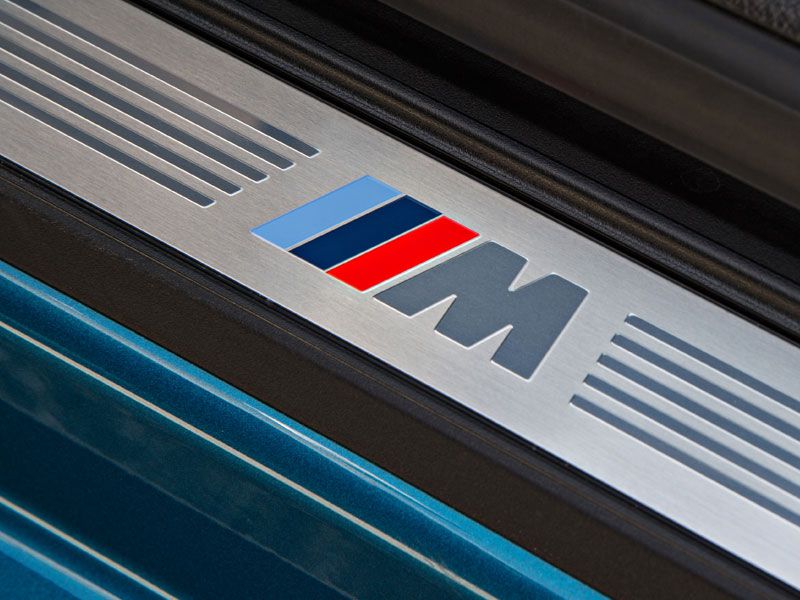
2016 BMW M2 badged door sill ・ Photo by General Motors
Limited slip differentials (sometimes referred to as positraction, the name used by General Motors for their versions) are generally used on performance cars to improve handling and grip, and in some pickup trucks and SUVs, to maximize traction on slippery and loose surfaces. There are several ways to accomplish the transfer of power: some systems use clutches, while others use helical gears, but they all work by sending more power to the wheel (or wheels) with the most grip, and can be installed in any powered axle of a car, or even in the center differential in an all-wheel drive vehicle.
In some situations on slippery surfaces, a limited slip differential can be less predictable than an open differential (one that lets the wheel with the least grip spin freely), and for that reason, as well as their cost premium, they aren’t standard on many cars. While they can be added as an aftermarket option to a wide variety of cars, some models do come standard with them. Let’s take a look at some of our favorites.
BMW M Cars
BMW has a tradition of equipping only its most powerful cars with limited slip differentials, generally limiting their application to its line of M cars. Currently standard on the M2, M3, M4, M5, and M6, the Active M Differential is an electronically controlled multi-plate limited-slip differential that can have its locking effect varied between 0 and 100 percent, depending on the situation.
The differential reacts to sensors such as those found in the dynamic stability control system that determine the car’s steering angle, accelerator position, brake pressure, engine torque, wheel speed and yaw rate, and in some cases (such as when pulling away on a slippery surface) it can even work proactively to prevent wheelspin before it occurs. The Active M Differential can also be locked by the computer based on levels of lateral and longitudinal acceleration, which helps prevent the inside wheel from spinning when cornering, reduces understeer, and improves directional stability.
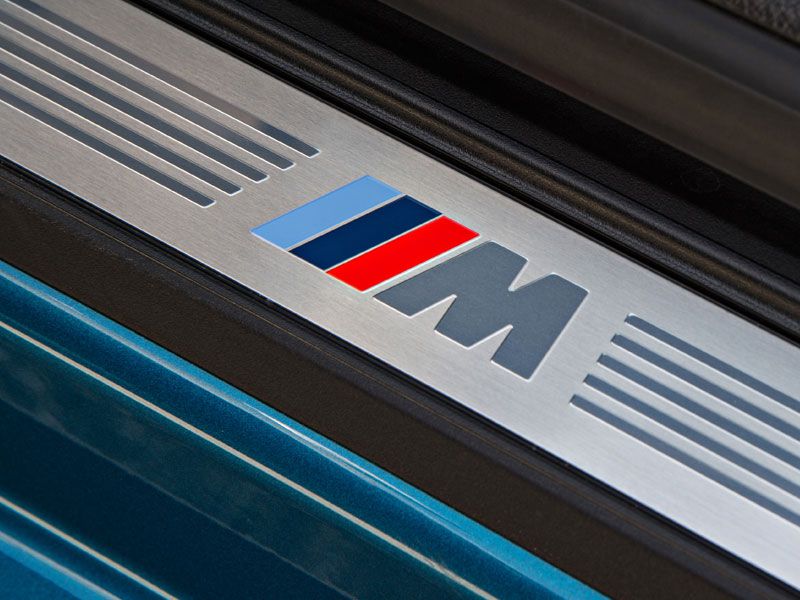
Photo by General Motors
Cadillac ATS
The Cadillac ATS is a compact luxury sedan that has been positioned to compete directly with its German rivals. Unlike some of its rivals, even non-performance models of the ATS are available with a traditional mechanical limited slip differential as standard (when ordered with a manual transmission or with the automatic transmission in the Premium trim level), while the ATS-V gets a more advanced electronic limited slip differential. The electronic differential system is similar to BMW’s, and uses a differential that is controlled by the car’s computers, allowing the system to react before any slip is detected. No matter which limited slip unit is in the rear end, the ATS inspires confidence and encourages you to press on.
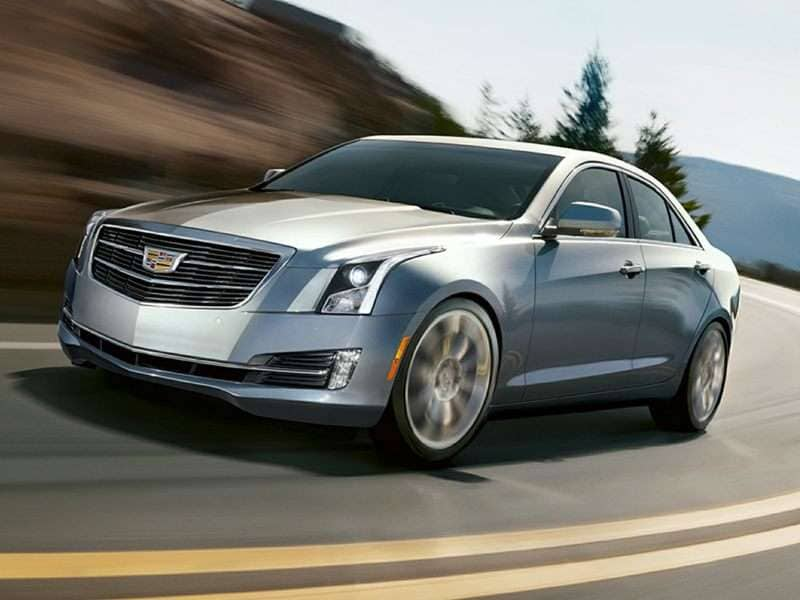
Photo by General Motors
Chevrolet Camaro
The Chevrolet Camaro is a modern-day pony car with menacing looks and a selection of engines, including an available V8. Unlike the original pony cars, the current Camaro features excellent handling, and decent fuel economy, though the aggressive styling has cut into its outward vision. With up to 455 horsepower on tap in the SS model (plus an almost-as-impressive 275 horsepower with the turbo 4-cylinder and 335 horsepower with the V6), there is more than enough power to get you into trouble. To help keep you on the straight and narrow, and help you get a good launch, most models come standard with a clutch-based limited slip differential to get the power to the ground.
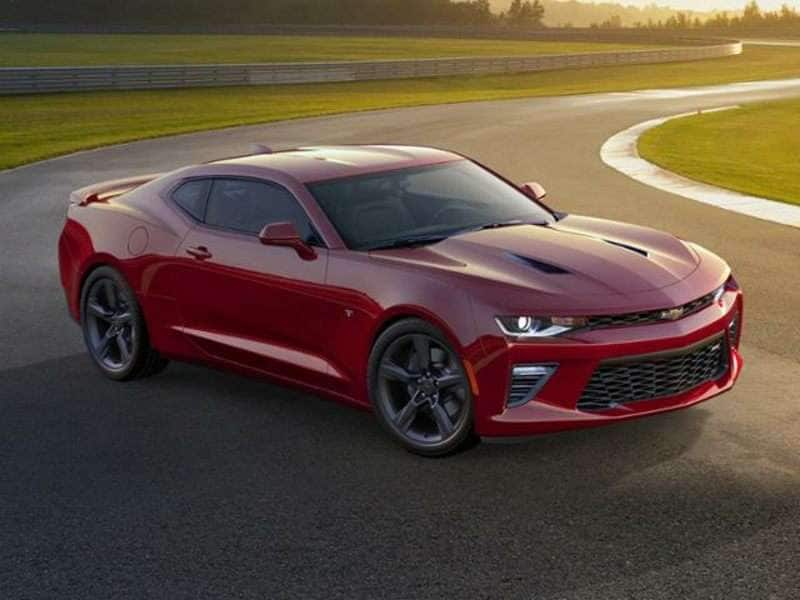
Photo by Chevrolet
Dodge Challenger SRT392 / Charger SRT392
The SRT duo of the Challenger and Charger are higher performance versions of the regular Dodge vehicles with the same names. When compared to the standard versions, they feature aggressive styling modifications, bigger wheels and tires, stiffer suspensions, and of course more power. The SRT392’s 6.4-liter, 392 cubic inch (hence the name) engine makes 485 horsepower, which is 110 more than the standard V8. If you need almost twice as much power as the regular V8, the 707 horsepower Hellcat models are also available.
While limited slip differentials can be hard to find on the less powerful versions of these cars, Getrag mechanical torque-sensing units are standard on the SRT versions. The Getrag unit has a torque ratio of 1.8, which means that it can send 1.8 times more power to the wheel with traction than to the wheel without grip, making it perfect for harnessing all that Hemi power.
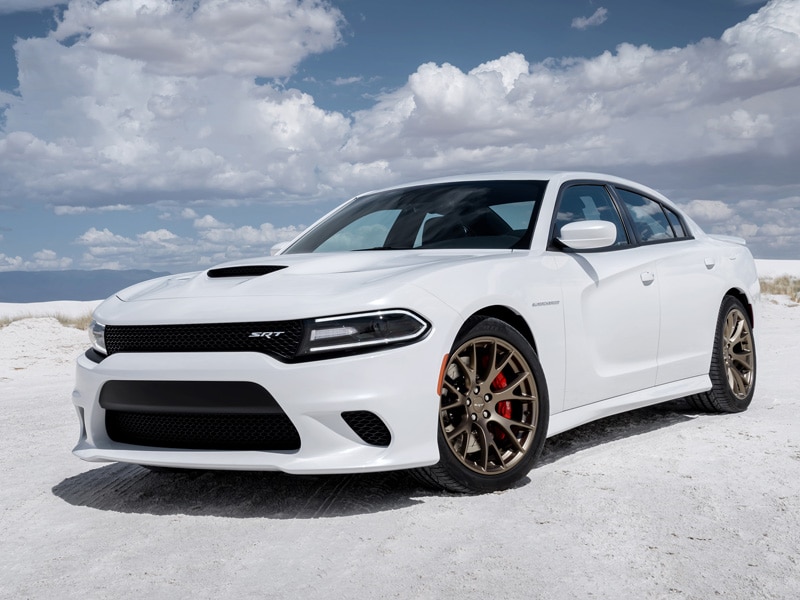
Photo by Fiat Chrysler Automobiles
Ford Mustang
The Mustang was the original pony car, and Ford has kept that spirit alive in its newest generation thanks to an independent rear suspension and a choice of powerful engines. Another new feature on the Mustang GT is an electronic line-lock that locks the front brakes to make smokey burnouts easy. In order to keep both tires spinning and prevent the dreaded one-wheel peel, Ford has equipped most versions of the Mustang with the tried and tested Traction-Lok limited slip differential as standard. This is the same clutch-based limited slip differential that has been used in many different Ford vehicles in the past, including the Crown Victoria, F-150, and Ranger.
Optional on the GT and standard on the flatplane V8 powered GT350 and GT350R is a Ford-tuned Torsen helical-gear limited slip differential that is better suited to tight corners and track days thanks to its smoother operation. It all adds up in the GT350 and GT350R to a package that's hard to beat if you're looking for a semi-affordable track day car with an exotic engine.
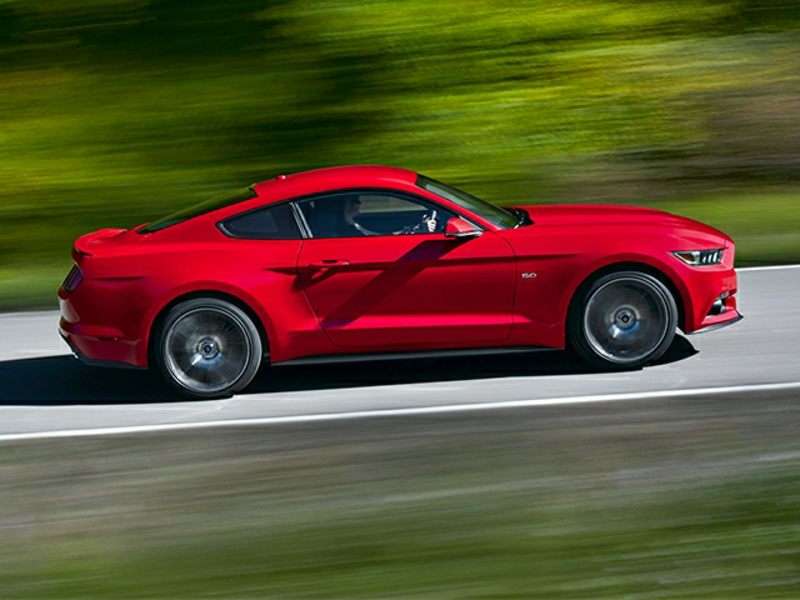
Photo by Ford
Mazda MX-5
The Mazda MX-5 is a compact roadster made in the best British tradition, meaning that it’s simple, lightweight, and has an easy-to-use manual roof. Unlike the British sports cars of yore, the MX-5 is also comfortable, economical and reliable. Some models of the MX-5 (including the Club version) are available with a standard limited slip differential, and if you plan on driving your roadster on a track or competing in an autocross, it’s a very worthwhile upgrade. The Club trim level also gets you some other goodies, like a shock tower brace, a front air dam, a rear lip spoiler, and a sport-tuned suspension with Bilstein shocks, all of which make it the version we’d want to buy for ourselves. If you plan on sticking to public roads, the base Sport trim level (without the limited slip and other niceties) might be the car for you.

Photo by Mazda
Nissan Juke NISMO RS
The Nissan Juke NISMO RS is a sporty compact crossover that is available in both all-wheel drive and front-wheel drive versions. Front-wheel drive versions are actually the more powerful of the two, thanks to a 6-speed manual transmission that is more robust than the CVT found in all-wheel drive versions. In order to make the 215 horsepower manageable, the NISMO RS uses a standard helical front limited slip differential. Just like in a rear-wheel drive vehicle, a limited slip front differential distributes power to the wheel with the most traction. In a front-wheel drive vehicle like the NISMO RS, the effect is impressive, making the vehicle much more confidence inspiring when driven hard.
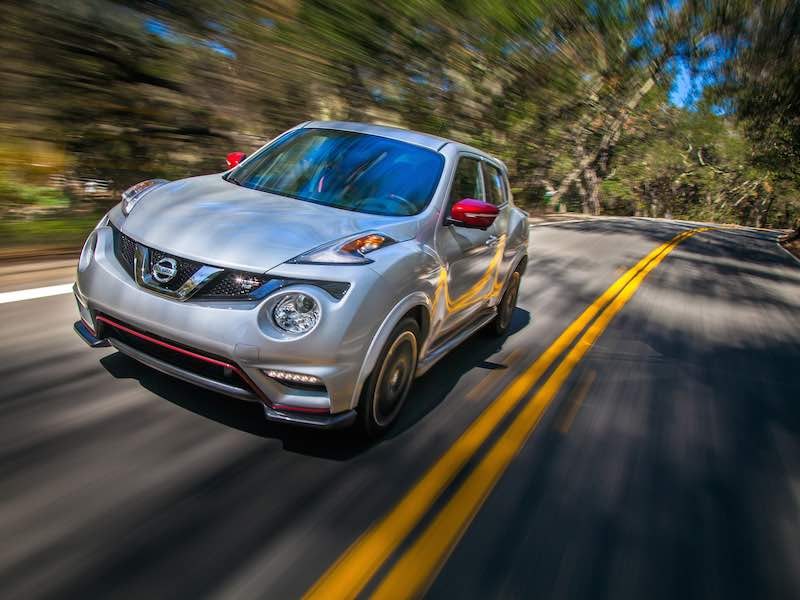
Photo by Nissan USA
Scion FR-S / Subaru BRZ
The Scion FR-S and Subaru BRZ twins are a pair of rear-wheel drive sports cars that were jointly developed by Subaru and Toyota. Despite the limited power available from the normally-aspirated 2.0-liter flat-four, its relatively light weight means that performance is lively, and handling is excellent. In order to maximize grip so that they can perform well on the track (and to make tail-out antics more impressive), both cars come standard with a Torsen limited slip differential that is able to transfer up to four times more power to the appropriate wheel. With the FR-S and BRZ you get a pair of fun, predictable cars, and the feeling that their chassis and suspensions could probably handle twice the power.
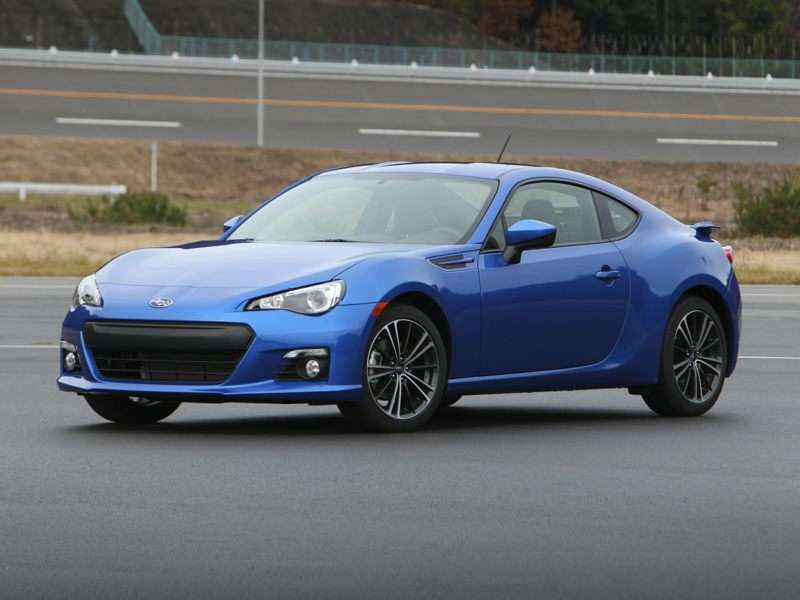
Photo by Subaru
Subaru WRX STI
The Subaru WRX STI is an all-wheel drive rally-bred machine, equipped with not one, not two, but three standard limited slip differentials. The center differential (which distributes the power from front to rear) is a mechanically and electronically controlled limited-slip unit, while the front axle uses a helical limited-slip differential and the rear axle uses a TORSEN limited-slip diff to send power side-to-side. This combination of differentials means that the wheel with the most grip usually also has the most power going to it, and the result is a superb amount of traction in nearly all conditions—exactly what you want in a dirt-flinging rally car.

Photo by Subaru
Volkswagen Golf GTI
The Volkswagen Golf GTI is a compact front-wheel drive hot hatchback, powered by a 210-horsepower turbocharged 4-cylinder engine. Asking the front wheels to both steer and handle that much power can be a recipe for understeer, but Volkswagen has equipped the newest GTI with an electronically controlled front-axle differential. The VW system is separate from the differential, and uses a coupler between the differential cage and right drive shaft. A control unit adjusts the amount of locking power, and can prevent wheelspin when accelerating and wheel slip in cornering. The result is handling that remains neutral up to the car’s performance limits, and a GTI that handles like it's on rails.

Photo by Volkswagen